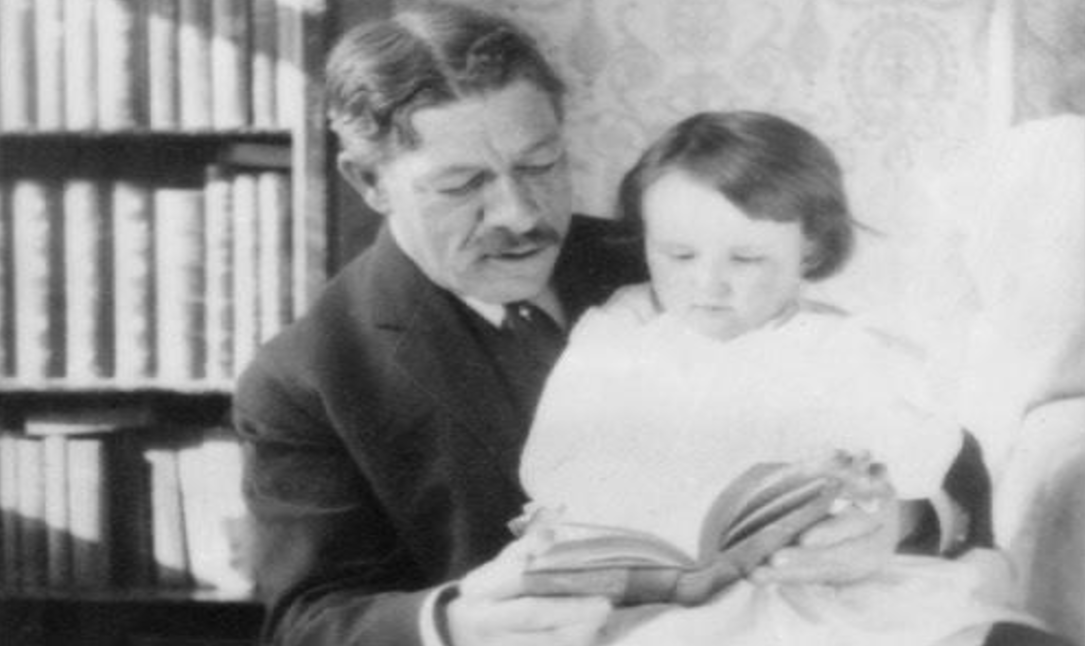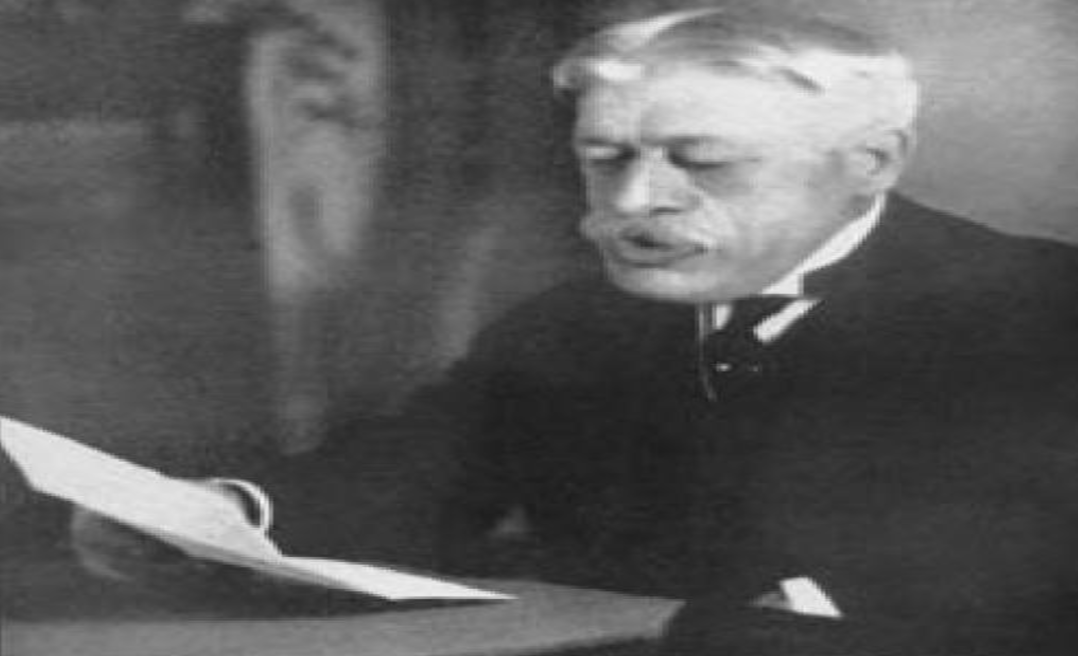By Anastasia Aleiferi,
Cancer is a disease that kills millions of people every year. With the data collected by the W.H.O., we know that cancer is reported to be one of the leading causes of death and each year approximately 400.000 children develop it. Even though cancer is a deadly disease, there are several types of therapies that help patients live as normal as possible or even get completely treated. So, who can we consider as one of the greatest benefactors for cancer treatment? That could be William Coley, the father of immunotherapy and a first model for the modern clinical scientist.
William Coley was a surgical oncologist who worked at the Hospital for special surgery in the late 19th century as cancer treatment. Coley’s toxins or also known as Coley’s vaccine is a mixture containing toxins filtered from killed bacteria of different kind. Coley used this mixture as a primary form of cancer immunotherapy to treat his patients. Immunotherapy is the biological treatment that uses the patient’s body, or more specifically the patient’s immune system to fight off cancer by recognising and attacking cancerous cells.

In theory, his work was that if diseases find a way to get in our bodies and get us sick then there is some way for us to prevent it and even recognising what it is that makes us sick. He was first inspired to conduct this type of treatment after the death of one of his younger patients. He started to investigate the effects of intentional malignancy. So, for the first time in 1891, William Coley, injected dead bacterial organisms into a patient with inoperable cancer. He thought maybe if the body recognises the cells it can get stronger to fight off the malignant tumour. This theory worked and the patient’s tumour shrunk. This is the first successful example of immunotherapy. Over the rest of his career and while he was head of the Bone Tumour Service at Memorial Hospital in New York, he injected more than 1000 of cancer patients with bacterial or bacterial products, which later were called “Coley’s Toxins”. At the time, he and his collaborating doctors reported hopeful results.
Coley’s work was met with lot of controversy because of the mixed results that he got relating to the efficiency and the safety of the treatment. Most of the doctors of that time did not believe in Dr. Coley’s work or in his reported results. Also, the development of radiotherapy and chemotherapy at that time, which seemed to have better results or to be more widely accepted, made his toxins fall out of popularity and slowly disappear from use. Today though, the legacy of this man prevails as to help patients utilize their immune system for a way to recover or treat against cancer. To be completely clear, we cannot say based on his research that his treatment is a sure cure or prevention tool against cancer.

Experts also say that people with cancer should not use Coley’s vaccine as a substitute to cancer treatment or use it alongside treatment, because they risk endangering themselves. They should always consult with a licensed expert. But still some progress is made in the fight against cancer. A private German Pharmaceutical Group is using the theory behind Coley’s toxins to create clinical trials using the genetic sequence of Cole’s toxins to progress cancer treatment research. This company was bought by Pfizer in 2008, so clinical trials for this research have changed and it continues to do its clever work. Therefore, Coley’s work is considered as the predecessor to a modern idea of cancer vaccine. In addition, his immunotherapy theory in its principles is considered to be correct, because in practice and clinical trials it has been proven that some forms of cancer seem to be sensitive to a stronger immune system, especially in the case of bone and soft tissue sarcoma.
His research is considered the paving stone for harnessing and understanding how the immune system works and how it can help to fight off diseases such as cancer. Today we also must thank Dr. Coley’s daughter Helen Coley Nauts because without her intervention and faith to her father’s research to revive her father’s legacy and reputation, his toxins could have been completely forgotten. Also, Helen is the founder of Cancer Research Institute, which continues to fund and provide necessary support for advancements to happen on the field.
References
- William Coley, the Father of Cancer Immunotherapy and His Legacy. Oxford Global. Available here
- Cancer. W.H.O.. Available here
- The Toxins of William B. Coley and the Treatment of Bone and Soft-Tissue Sarcomas. National Library of Medicine. Available here
- What Ever Happened to Coley’s Toxins?. Cancer Research Institute. Available here




